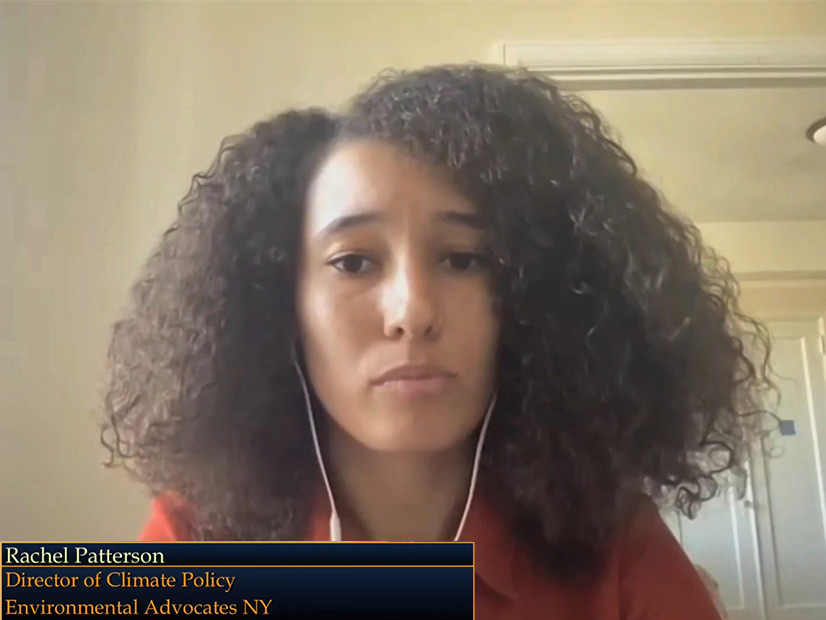Opponents of a bill that would put a price on pollution and charge a fee for emitting in New York say the bill replicates work already underway by the state’s Climate Action Council.
“It strikes us that moving forward with this bill is premature,” Ken Pokalsky, vice president of the Business Council of New York State, said Tuesday. “There is an enormous amount of work being done [by the council], and it’s addressing some of the very issues that this bill, in our view, would presuppose answers to.”
The Climate and Community Investment Act (CCIA) would prioritize the investment of funds obtained from payments for emission of greenhouse gases and co-pollutants in disadvantaged communities. The bill’s proponents say it builds on the commitments to environmental justice made in the 2019 Climate Leadership and Community Protection Act (CLCPA).
“We know that climate change is impacting New Yorkers right now, and the impacts of sea level rise and deadly air pollution are worse for our vulnerable residence, low-income communities and communities of color,” Rachel Patterson, director of climate policy at Environmental Advocates New York, said during a public joint Senate committee hearing on the bill. “By charging polluters for their emissions, we can afford to support families, workers, small businesses and disadvantaged communities in the shift to renewable energy.”
The bill also would allocate funding for community-led energy planning, according to Patterson.
“Underserved communities know what changes need to be made to make their neighborhoods more resilient and improve air quality, and the funds from the CCIA will allow community members to have the power to shape their communities,” she said.
The Empire State Forest Products Association (ESFPA) echoed Pokalsky’s concerns that the bill is premature.
ESFPA believes the bill is missing the integrated analysis called for in the CLCPA, according to Executive Director John Bartow.
“That analysis should be completed before legislative or other financing mechanisms are created,” he said.
Program Costs
The CCIA would require New York to establish an index that lists the social cost of pollution for all regulated air contaminants in the state and set up a system of compliance fees that reflect that index.
The coalition NY Renews estimates that the fee would generate $15 billion per year for reinvestment, at a price of $55 per short ton of carbon dioxide equivalent. The bill also establishes a phased increase in the price. Ideally, the amount that covered entities emit would go down, eventually helping New York meet its 2050 emissions goal of an 85% reduction from 1990 levels.
“The CCIA prices the source of harm to frontline communities for the pollution that causes asthma, premature death and escalating climate crises,” said Raya Salter, lead policy organizer at NY Renews. Investments, she added, would be made in large- and small-scale renewable energy projects, building upgrades, energy retrofits and community-owned power, among other things.
At $55, according to Pokalsky, the natural gas industry would pay an extra $4.2 billion in a year, representing a 26% increase in costs. In addition, he said, the cost for gasoline would be $2.3 billion in a year, representing 55 cents/gallon.
The cost to one paper mill at $55, according to Bartow, would be $32.6 million in a year. Sector-wide, he said, the forest-related economy would pay $1 billion in a year.
“That is not sustainable to many of our business,” he said.
ESFPA has been working with the CAC’s Agriculture and Forestry Advisory Panel to build a role for forest and wood products, Bartow said.
“We need to accept that what we currently make using fossil fuels can be made from biomass, such as diesel to biodiesel, plastics to bioplastics, and petrochemicals to biochemicals,” he said. “We need to decide whether we want to host and grow these advanced bioprocessing facilities and manufacturing plants in our communities and have the jobs and the tax base that comes with them.”



